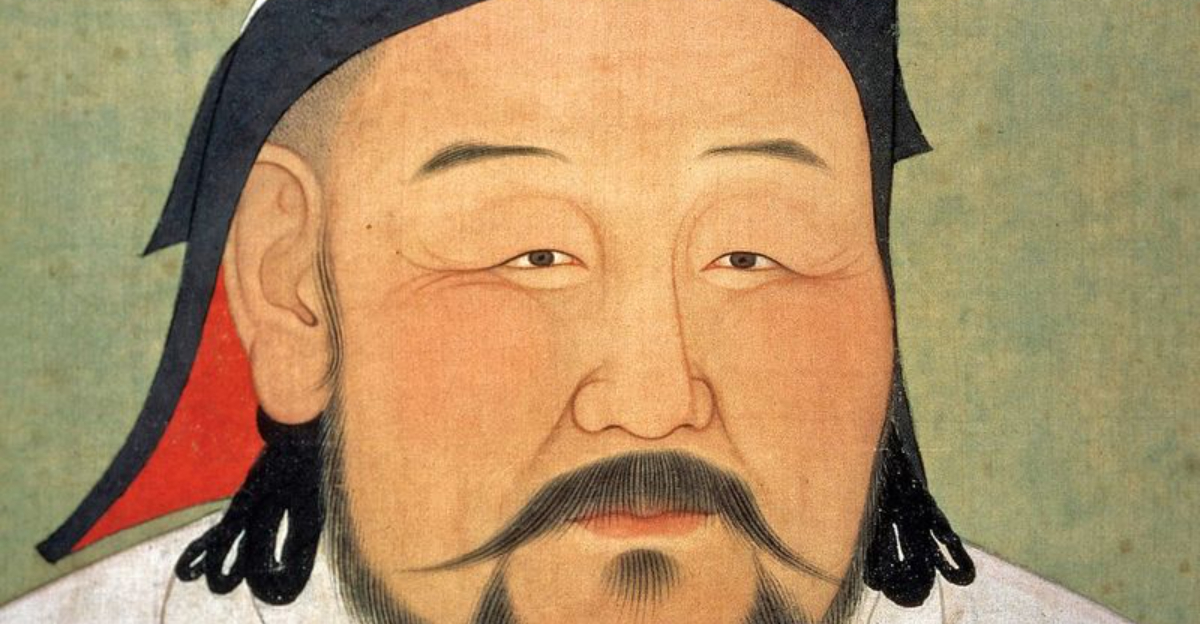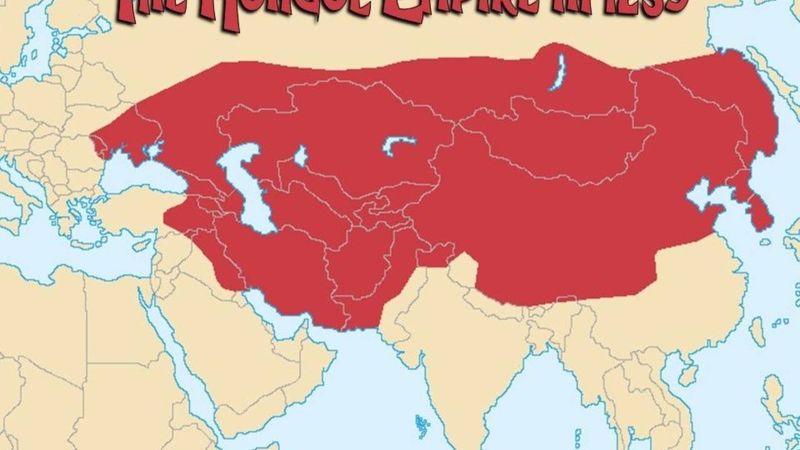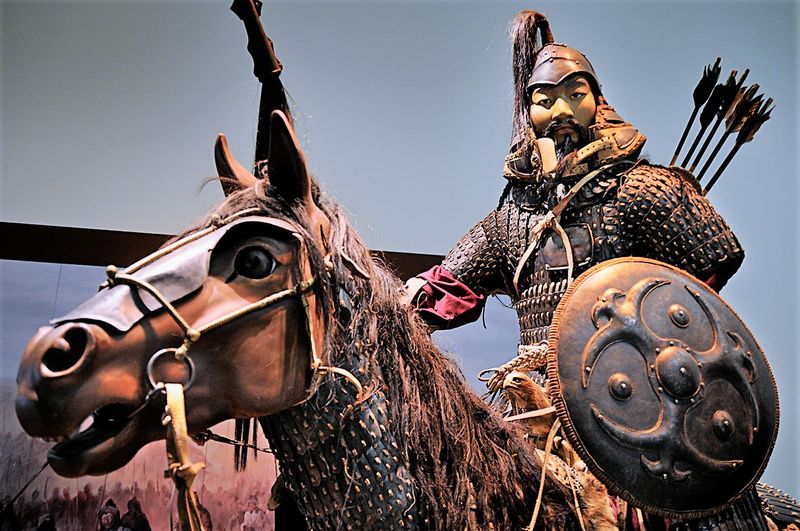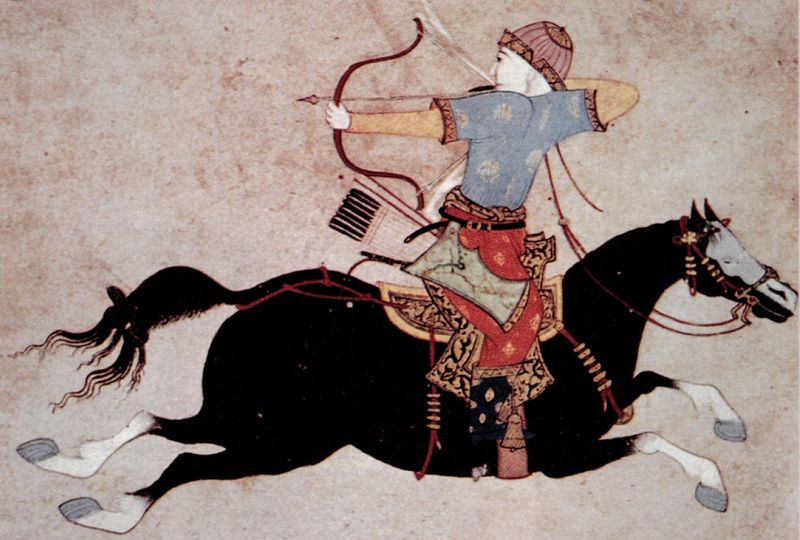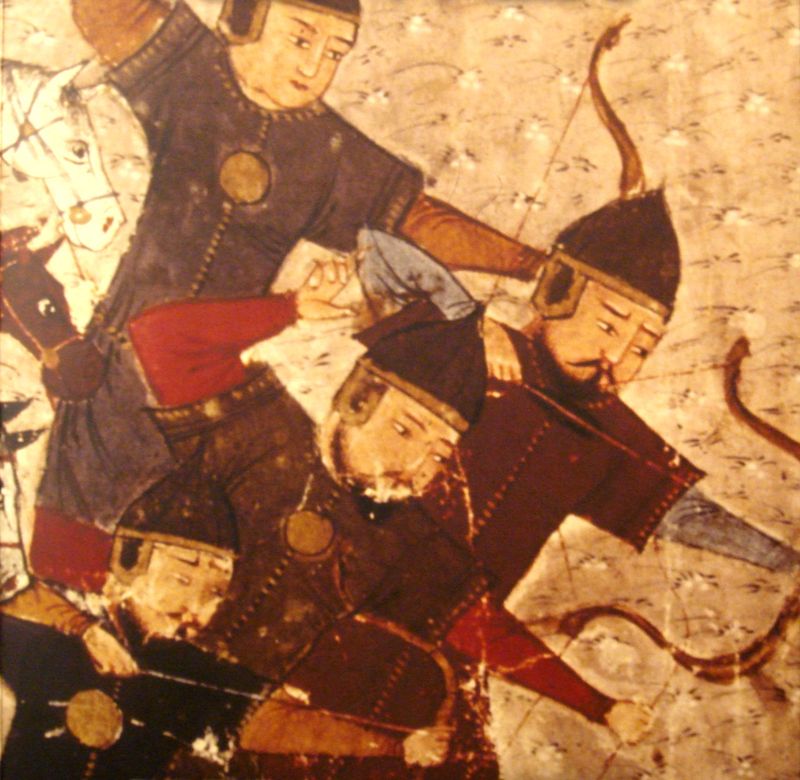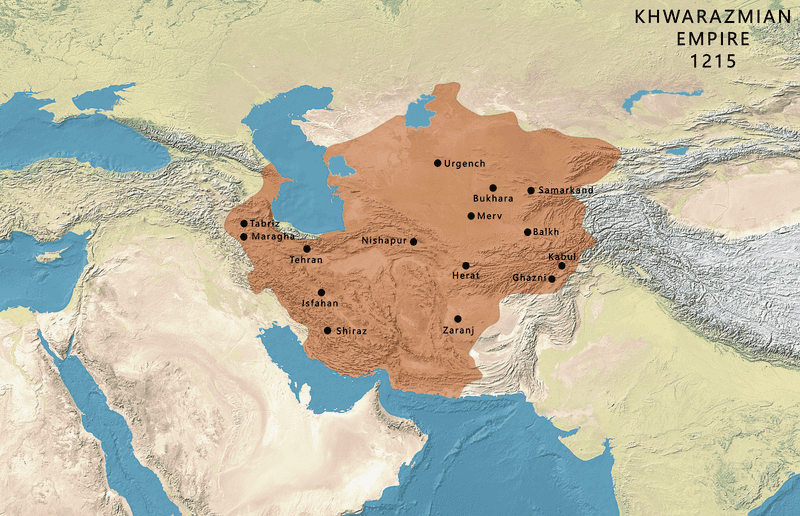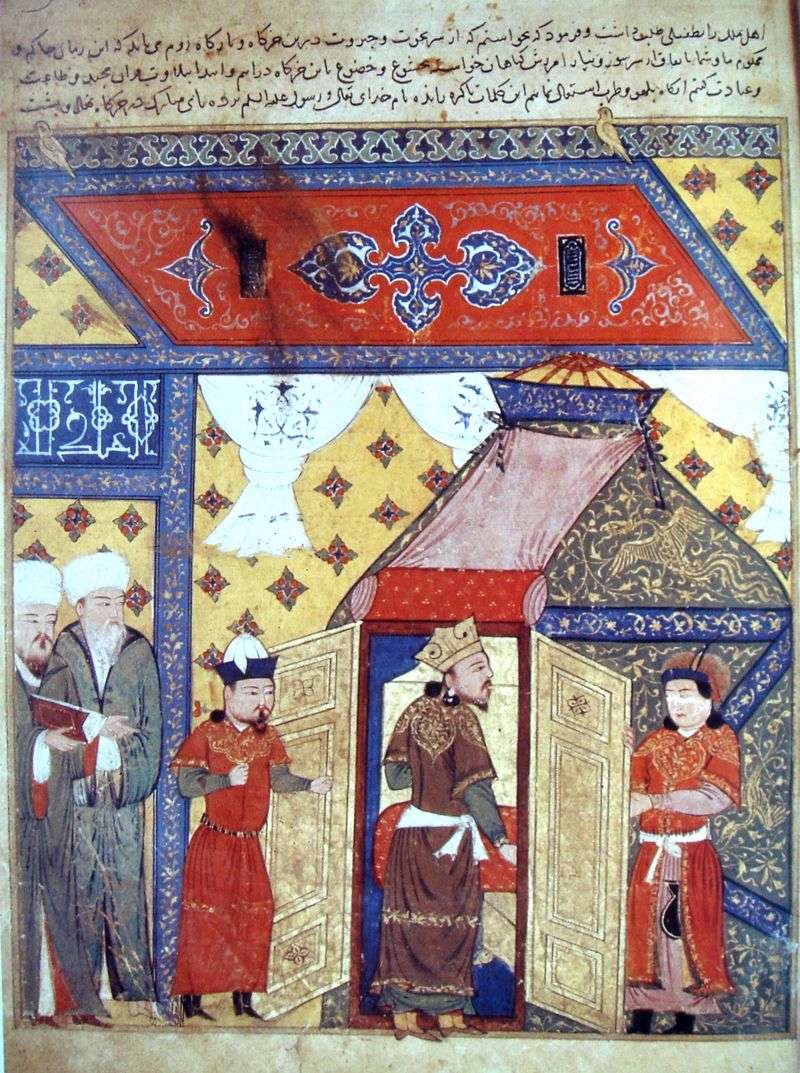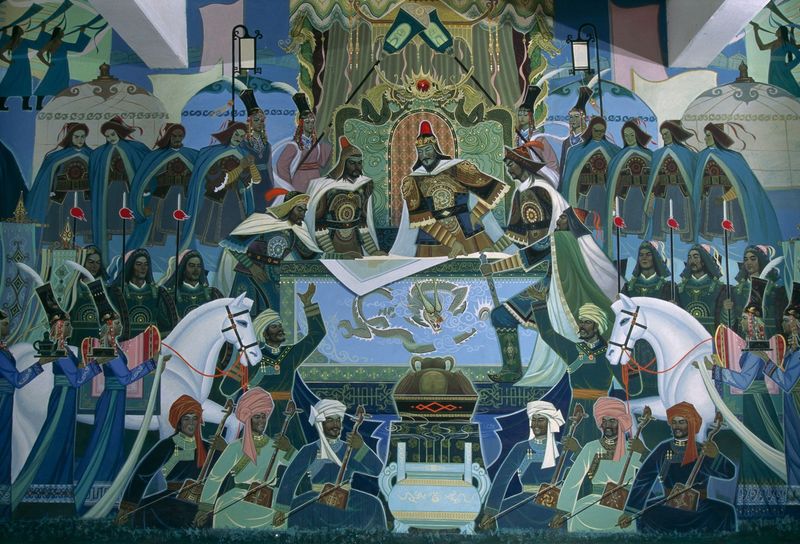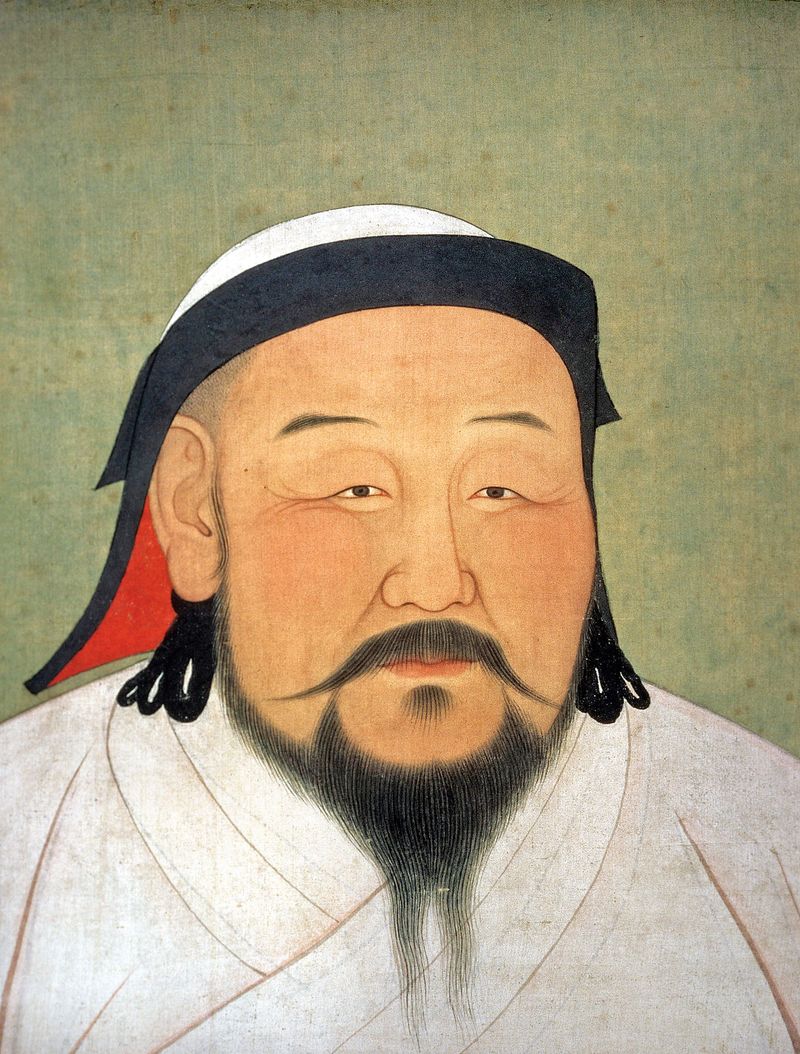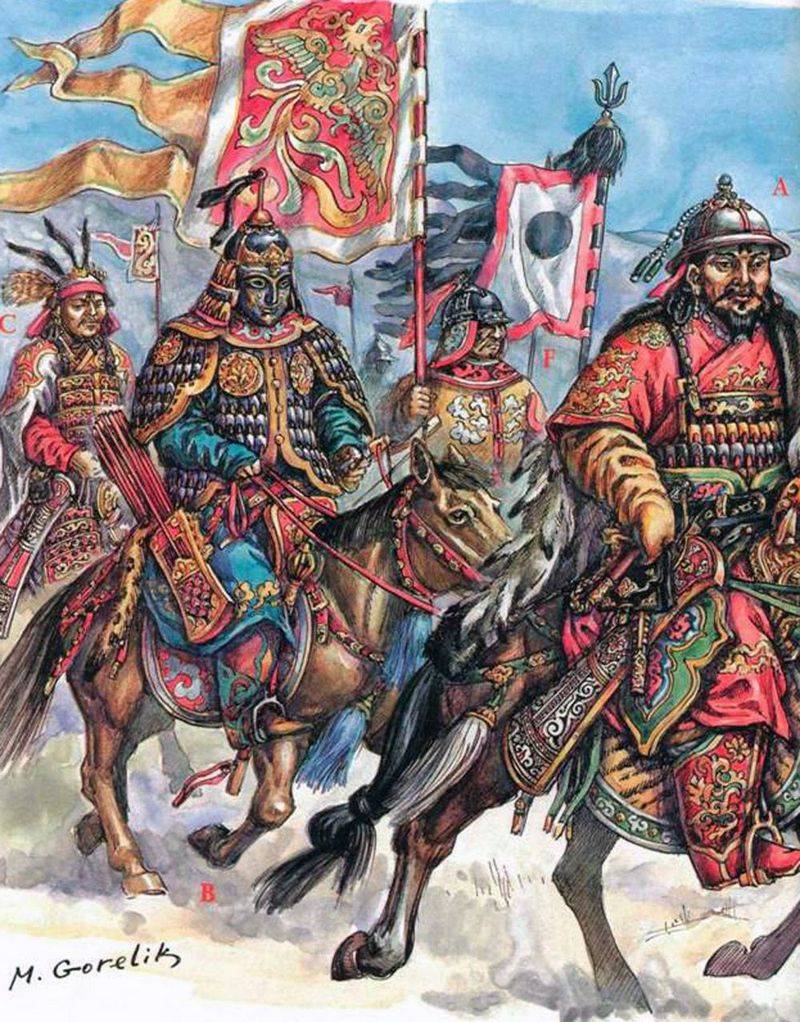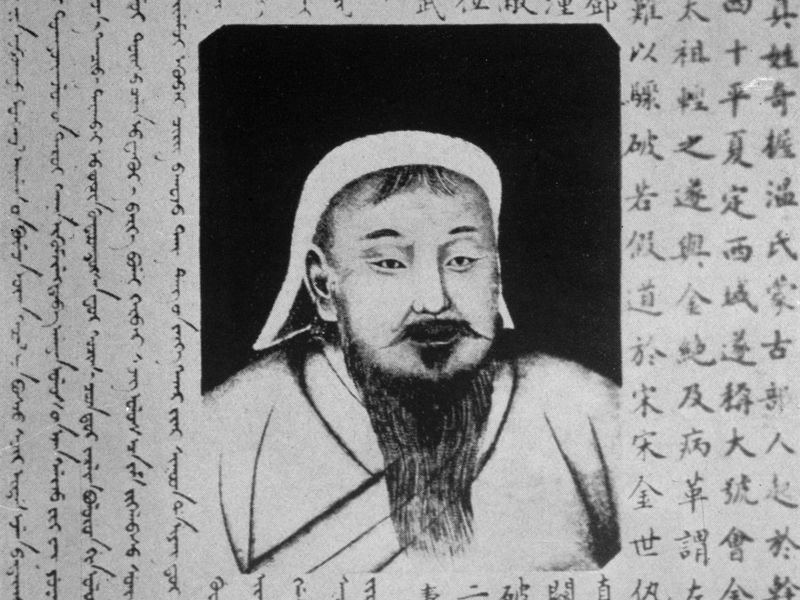Genghis Khan, the founding emperor of the Mongol Empire, is famed for his strategic genius and ferocity in battle. His reign reshaped nations and left a lasting imprint on history, marked by both terror and tolerance.
From military innovation to massive conquests, his legacy is complex and deeply influential. Here are ten startling facts about his reign that illustrate his extraordinary impact on the world.
1. Largest Empire in History
Genghis Khan’s Mongol Empire became the largest contiguous empire in history. This colossal empire spanned continents, reaching from the Pacific Ocean in the east to the heart of Europe in the west.
The Mongols connected the East and West, facilitating trade and cultural exchange. This vast territory included diverse peoples and cultures, united under one rule. Genghis Khan’s military prowess and administrative acumen were key to maintaining such an expansive domain.
His leadership style was both feared and respected, ensuring loyalty and discipline among his followers.
2. Unmatched Brutality
The Mongol army, under Genghis Khan, is infamous for its unmatched brutality. It’s estimated that they killed around 40 million people, decimating nearly 11% of the world’s population at the time.
Their campaigns were characterized by extreme violence and swift attacks, leaving a trail of destruction. This instilled fear across nations and ensured swift capitulation of enemies.
Such ruthless tactics were not just for conquest but also served as psychological warfare, discouraging resistance and ensuring dominance over vast regions.
3. Psychological Warfare
The Mongols expertly wielded psychological warfare to expand their empire. They spread terror deliberately, using tactics like deception and mass slaughter to intimidate opponents.
Cities often surrendered without a fight, fearing the brutal consequences of resistance. This strategy minimized Mongol casualties while maximizing their gains.
The psychological impact of the Mongols’ reputation preceded them, making their conquests more efficient and less costly in terms of human lives on their side.
4. Biological Warfare
Genghis Khan’s forces were among the first to employ biological warfare in combat. They would catapult plague-infected bodies over the walls of besieged cities. This tactic spread disease among the enemy, weakening their defenses and morale.
Cities would often fall quicker due to the ensuing chaos and sickness. Such innovative yet cruel methods highlight the Mongols’ relentless pursuit of victory and their strategic ingenuity in warfare, setting precedents for future conflicts.
5. Destruction of Entire Civilizations
The Mongols, under Genghis Khan, were responsible for the destruction of entire civilizations. They obliterated the Khwarazmian Empire and nearly erased Persian culture in some regions.
This annihilation included mass killings, burning cities to the ground, and eradicating cultural landmarks. The Mongols showed little mercy in their campaigns.
The impact on these civilizations was profound, leaving scars in history and altering cultural trajectories. Genghis Khan’s legacy is thus a mix of cultural upheaval and transformation.
6. Religious Tolerance (Despite Massacres)
Despite his brutal conquests, Genghis Khan is noted for his religious tolerance. Within his empire, he allowed freedom of worship for Buddhists, Christians, and Muslims. He respected religious leaders and integrated diverse beliefs into his administration.
This policy fostered loyalty among different cultural groups. However, this tolerance contrasted sharply with the massacres his armies carried out. It underscores the complexity of his rule, blending inclusivity with brutality.
7. Innovative Military Tactics
Genghis Khan’s military tactics were revolutionary for his time. His army perfected rapid cavalry attacks and feigned retreats to outmaneuver enemies. These tactics confused opponents and allowed the Mongols to strike with precision and speed.
Siege warfare was also a Mongol specialty, employing advanced engineering. Such innovations ensured their enemies were often caught off guard, leading to swift victories.
This adaptability and strategic foresight were hallmarks of Genghis Khan’s leadership.
8. The Great Pyramid of Skulls
Following victories, the Mongols would sometimes construct pyramids of human skulls. This gruesome display served as a stark warning to others. After conquering Baghdad and Nishapur, such morbid monuments were erected to deter future resistance.
It symbolized the fate awaiting those who defied the Mongols. These acts of intimidation were effective in maintaining control over conquered territories, highlighting the grim realities of Mongol dominance during Genghis Khan’s reign.
9. Brutal Justice System
Under Genghis Khan, the Mongol justice system was notoriously harsh. Thieves, especially those who stole from the poor, faced execution. Laws were strictly enforced, ensuring order within the vast empire.
This brutal justice system deterred crime and maintained social stability. Such measures reflected Genghis Khan’s uncompromising stance on discipline, contributing to the effective governance of his sprawling territories.
10. His DNA Lives On
Studies suggest that about 1 in 200 men today may be direct descendants of Genghis Khan. This intriguing statistic points to his vast lineage. His numerous offspring spread across Asia and beyond, ensuring his genetic legacy endures.
This phenomenon is a testament to his extensive progeny. Genghis Khan’s impact thus goes beyond history, embedded in the DNA of millions worldwide. His bloodline continues to pique scientific and historical curiosity.
